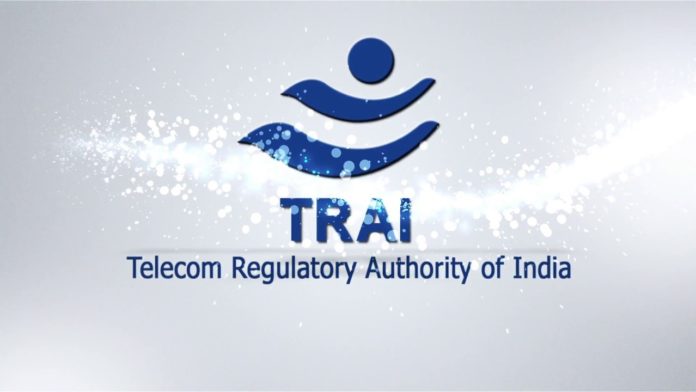TRAI stands for Telecom Regulatory Authority of India, which was established under the TRAI Act of February 20, 1997. It aims to maintain the telecom services and their standards, settle disputes, dispose of appeals and safeguard the interest of the service providers and the consumers, comprising fixation/revision of tariffs for telecom services that were placed in the Central Government.
TRAI is not an entirely autonomous telecom regulator. The government has a certain amount of monitoring power over TRAI. It can issue orders that are binding on TRAI under section 25 of the Act. In addition, the Central government funds TRAI and can formulate norms on numerous subjects under section 35 of the TRAI act; such rules are binding upon TRAI. Hence, the apex court also considers that TRAI is not an entirely autonomous telecom regulator.
Its divisions include mobile network division, Fixed network division, Converged network division, quality of service division, broadcast and cable services division, economic division, financial analysis and internal finance and accounts division, legal division and administration and personnel division.
The TRAI Act was amended through the TRAI (Amendment) Act, 2000 (“Amendment Act”). Prior to the amendment, TRAI practised both regulatory and dispute resolution operations. The Amendment Act set up the Telecom Dispute Settlement Appellate Tribunal to only work on significant disputes. The Act seemed vague as to whether TRAI recommendations are binding upon the government, which was then put out clearly by the Amendment Act.
The structure of TRAI includes a central government-appointed chairman, at least two full-time members and not more than two-part members. The officials have special knowledge of or professional experience in telecom, industry, finance, accountancy, management and consumer affairs to deal with day-to-day affairs.
Only top or retired Government officers can be placed as members who have worked for at least three years as secretary/additional secretary to the Union or State Governments across the country. This is because the authority looks to have a suitable space for the growth of the telecommunications industry across the country by becoming a part of the global information society.
TRAI must send out the recommendation to the Central Government from the date of the request for recommendations within 60 days, and the Central Government must provide all the information from the date of the appeal of TRAI within seven days. Moreover, the Central Government can order licenses to the service provider if TRAI does not comply with any recommendation within the specified period.
The Telecom Dispute Settlement Appellate Tribunal (Tribunal) is set up under section 14 of the Act. It is the only dispute resolution body in the communication sector. It can legally settle upon any dispute between a Licensor (Central Government) and a licensee, two or more service providers or between a service provider and a team of consumers. The Tribunal comprises a chairperson and two other members, and the central government appoints them through the procedure. The selection of the chairperson and the two members is made based on consultation with the Chief Justice of India.





